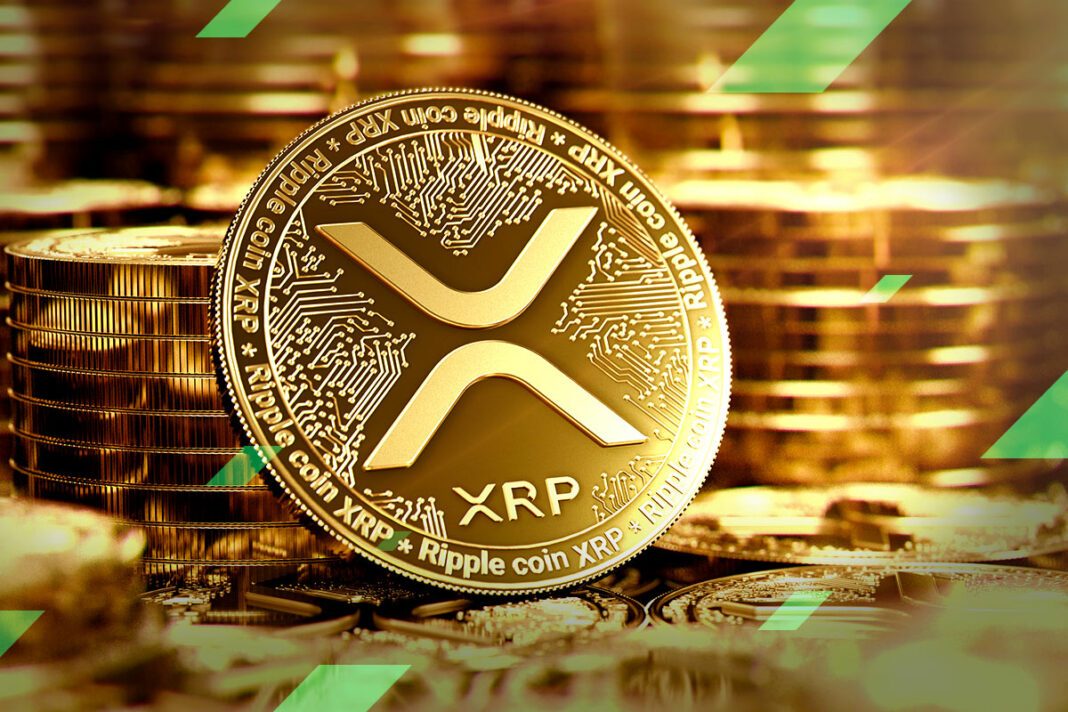What is XRP?
What Is Ripple?
Ripple, the company behind XRP, operates a payment settlement system and currency exchange network with global transaction processing capabilities.
“Ripple was conceived from the outset to serve as a replacement for SWIFT or to provide an alternative settlement layer for major financial institutions,” explains Pat White, CEO of Bitwave.
Acting as a trusted intermediary between parties in a transaction, Ripple swiftly verifies exchanges to ensure their proper execution. The network facilitates exchanges involving various fiat currencies and cryptocurrencies, including Bitcoin.
Each transaction made on the network incurs a small fee, deducted in XRP, the native cryptocurrency.
“The standard transaction fee on Ripple is set at 0.00001 XRP, significantly lower than the substantial fees levied by banks for cross-border payments,” notes El Lee, board member of Onchain Custodian.


